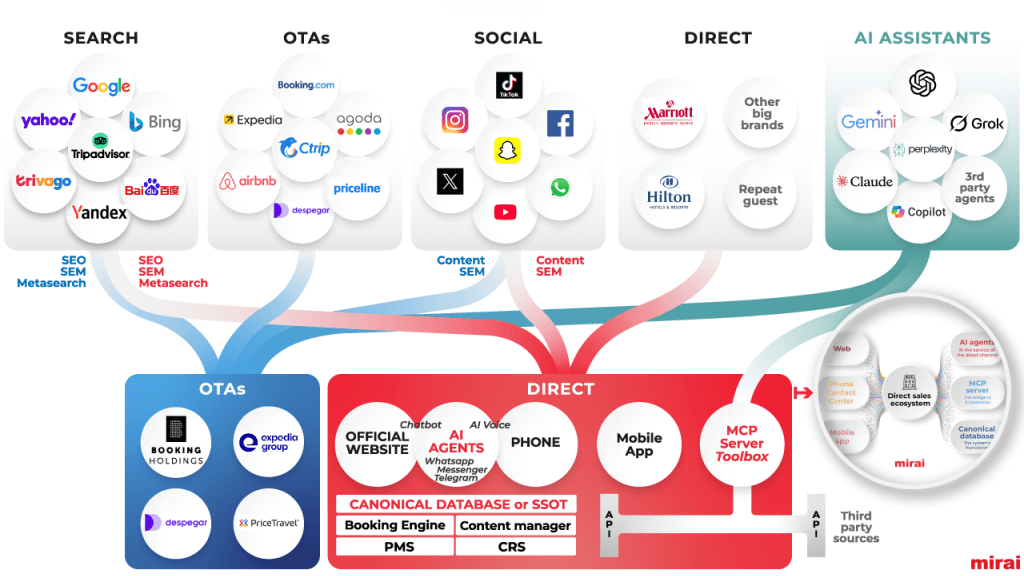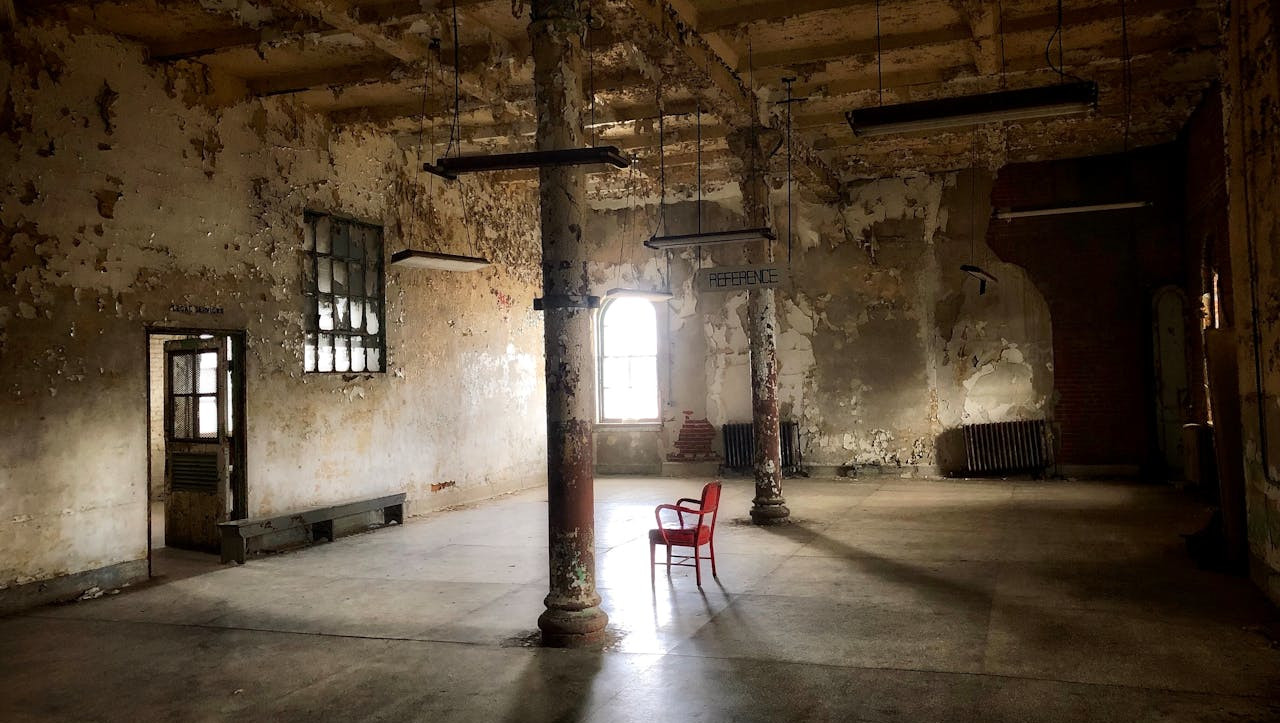In the dynamic world of hotel revenue management, misconceptions abound. One of the most pervasive myths is the belief that offering low prices will automatically lead to high occupancy rates.
NB: This is an article from Lybra, one of our Expert Partners
Subscribe to our weekly newsletter and stay up to date
While it might seem logical to assume that lower prices would attract more guests, the reality is far more complex. In fact, setting prices too low can have several detrimental effects on a hotel’s revenue, profitability, and overall brand perception. Let’s delve deeper into why this myth is misleading and explore the comprehensive strategies that effective revenue management encompasses.
The Pitfalls of Low Pricing Strategies
Devaluing the Brand
One of the most significant risks associated with consistently low prices is the devaluation of the hotel’s brand. When a hotel frequently offers heavily discounted rates, it can create a perception among potential guests that the hotel is of lower quality. This perception can be difficult to overcome and may result in long-term damage to the hotel’s reputation. Guests might start to associate low prices with subpar service, outdated facilities, or an overall inferior experience, which can deter them from booking, even when the hotel is offering great deals.
Attracting Price-Sensitive Customers
While low prices might attract a certain segment of travelers, these guests are typically more price-sensitive and less loyal. They are often on the lookout for the best deals and are willing to switch hotels for a minimal cost difference. This can result in lower levels of repeat business and brand loyalty. Furthermore, price-sensitive guests are less likely to spend additional money on other hotel services such as dining, spa treatments, or in-room amenities, which can negatively impact the hotel’s ancillary revenue streams.
Impact on Profitability
Setting prices too low can significantly affect a hotel’s profitability. Even if low prices result in higher occupancy rates, the revenue generated might not be sufficient to cover the hotel’s operating costs. This is particularly problematic for hotels with higher fixed costs, such as luxury properties or those with extensive amenities and services. When room rates are slashed, the hotel’s average daily rate (ADR) and revenue per available room (RevPAR) decline, which can make it challenging to achieve financial sustainability in the long term.
The Strategic Approach to Revenue Management
Balancing Rates with Perceived Value
Revenue management is not about simply setting low prices to fill rooms; it’s about finding the right balance between offering competitive rates and maintaining the perceived value of the property. This involves a thorough understanding of market demand, competitor pricing, and the unique selling points (USPs) of the hotel. By strategically setting prices that reflect the hotel’s value proposition, revenue managers can attract the right guests who are willing to pay for the quality and experience the hotel offers.
Understanding Market Demand
An effective revenue management strategy requires a deep understanding of market demand. This involves analyzing various factors such as seasonality, local events, economic conditions, and travel trends. For example, during peak seasons or when there are significant local events, demand is typically higher, and hotels can charge premium rates. Conversely, during off-peak periods, hotels might need to offer promotions or discounts to attract guests, but these should be carefully calibrated to avoid significant price reductions that could devalue the brand.
Competitor Pricing Analysis
Monitoring competitor pricing is another crucial aspect of revenue management. Revenue managers need to keep an eye on what similar properties in the area are charging and adjust their rates accordingly. However, this doesn’t mean always matching or undercutting competitors’ prices. Instead, it’s about understanding the competitive landscape and positioning the hotel’s rates to reflect its unique advantages. For instance, if a hotel offers superior amenities, exceptional service, or a prime location, it can justify higher rates compared to its competitors.




